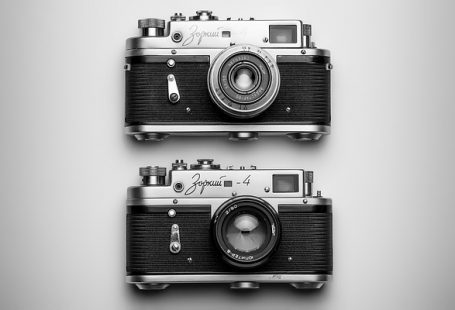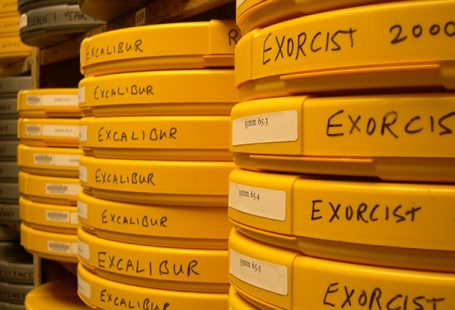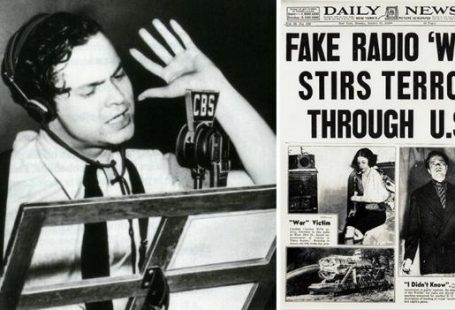Moral rights film. Colourisation and the right to preserve the integrity of the work and authorship in an audiovisual work
It is undeniable that some modifications unfairly hurt the reputation of an artist, as filmmakers sometimes claimed in the colourisation controversy.
Thus colourisation became an issue when digital technologies gave studios the ability to alter old black and white films, changing them from monochrome to colour.
In particular, even though it may have economic attractiveness, the idea of introducing colour where colour was not a principle is morally wrong to support. Moreover, to scholars or the philosophical underpinnings of ownership of artistic works, the invention of taking an artist’s product and altering it so as to “modernize”, is not only outrageous, but also offensive and even more punishable when a black and white film was made during a time when the choice of colour film was available to the director.
Why films’ amateurs are generally against colourisation? It has to be said that nowadays to shoot a film in black and white gives the film a particular emotion or characteristic that colours do not give and it is as to express an opinion. It is undoubted that after all, any persons would protest if their “opinions” or style of living were to be changed, under the pretension of modernization in order to make the opinion or the style of life more appealing. The colourisation of older movies is just that: the changing of one’s opinion or one’s style so as to make it appealing to a larger audience, regardless of what and how the author of the opinion chose to so represent himself. Conversion to colour necessarily converted and subverted that judgement, with results that they are sometimes distorted and grotesque.
Filmmakers are obviously against any kind of transformation of their own works because from an artistic point of view colourisation damages a film’s integrity. They are artists, they create works of art, so they obviously want to protect them, to maintain them unchanged.[25]
Yet to others, colourisation is simply another new technological process that can be used for innovative purposes (which includes colourising films): this is just another point of view. In fact, if a person views the colourisation practice as a mindless activity, as simply a “painting by numbers” such as in colouring a colouring book, will subsequently see colourisation as an activity void of any artistic effort. The way in which one views colourisation, approves or disapproves of its legitimacy, is affected by the way he considers the process itself. Thus, if one is to view colourisation as a process of choosing, assigning and applying colour to a film that is an artistic work, then of course this activity implies a talented decision. Indeed, even with the use of sophisticated computers, colourisation is a meticulously slow process and it is a work that alters the film’s images.
Actually the problem with colourisation procedure is doubly complicated. First of all, not only does adding colour change the characteristic of a film, but secondly, to colour a film is like an attack to every single appearance of black and white productions: the lighting, sets, costumes, make-ups and photography. In fact, it is against all the artistic choices that a filmmaker has made.
This is why colourisation has caused a lot of legal problems related to authors’ moral rights and the integrity of films, especially where artists do not have any tools in terms of rights to protect their works. In fact under common law regulation filmmakers do not have explicit moral rights and the copyright owners of their works are free to alter, or in this case to colour, any film libraries belonging to them or in public domain.
When the authors sell the film, then they do not have any rights left.
Essentially, to alter a work of art, for instance colouring a film, is a process that is offensive to the moral rights (right of integrity) of an artist whether it is recognised in the laws of a country or not. In France, such a right has been recognised, and has been interpreted to protect the artist and to impede his artistic humiliation. In fact the European view, being true to the value of art and artistic rights, has been one of a strong protection to artists’ integrity rights.
Since such a right is a personal, permanent and inalienable right, then, it does not matter if a work has entered the public domain. Civil law, and the French law in particular, acknowledges the fact that even though a person received some benefits in exchange for transferring the economic rights to the intellectual property, this does not in and of itself eliminate all the rights that the person has against the transferee.
As far as the right of integrity of the artist is concerned, he still has a control upon what changes can be done to his work.
Indeed, the right of seeing his work remaining intact is one that will stay with the artist, at least, throughout his life and this happens because according to the civil law, personal rights in general and moral rights in particular, are perpetual, un-assignable and come with no time limitation (even if in practice the French courts have often honoured contractual transfer or relinquishing of such a right by the artist.) Just as part of the artist’s “moral rights” and personal right belonged to the author, the right of integrity remains with the artist at all times.
It thus remains an obligation to any subsequent owners of the work to ensure a proper presentation of the work and protect an artist against any distortion, alteration or mutilation of his work.
Thus controversies have been born between those who advocate strong moral rights, called the right of integrity, and those who advocate their rights to derivative work of what has entered into the public domain.
Dandi Law Firm provides legal assistance in Copyright and Film. Check out our Services or contact Us!





